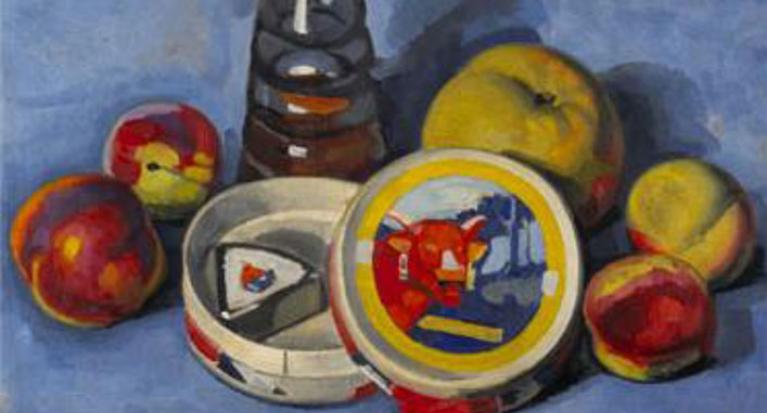Absinthe Glass and Spoon
glass, metal
Developed in the 18th century, absinthe originated in the Canton of Neuchâtel in Switzerland, and the Department of Jura in France. Also known as the “green fairy”, absinthe was first consumed as a medicine, and later as an aperitif. Around 1900, it was extremely popular. However only a few years later it was banned in Switzerland, France, Belgium and the United State for causing insanity – a claim that has since been disproven. In Switzerland it was not officially legalized again until 2005, though true enthusiasts never stopped drinking it. Its consumption is a veritable ritual in which both the glass and the spoon, as seen in this set here, play an important role: absinthe is poured up to a mark on the glass that indicates the proper amount. A piece of sugar is placed on the perforated spoon and perched on the rim of the glass. Iced water is poured very slowly through the sugar, traditionally drop by drop from a table-top water dispenser, called an absinthe fountain.


